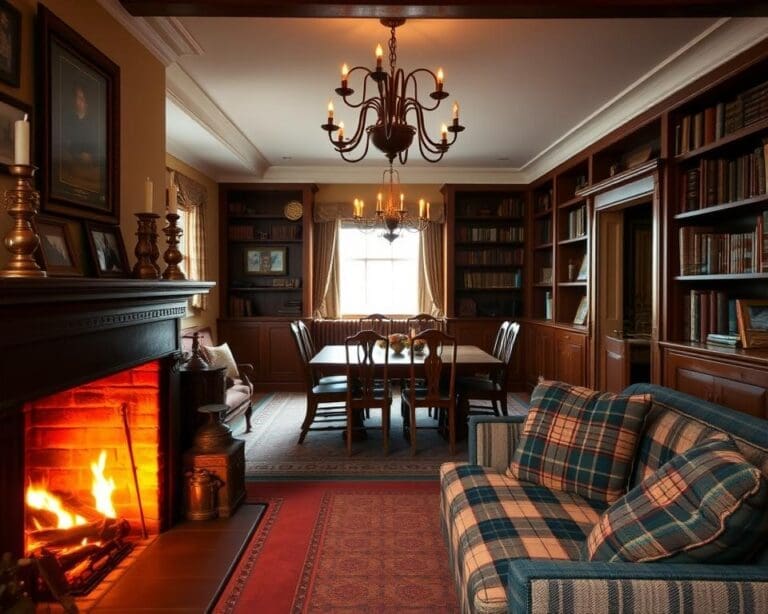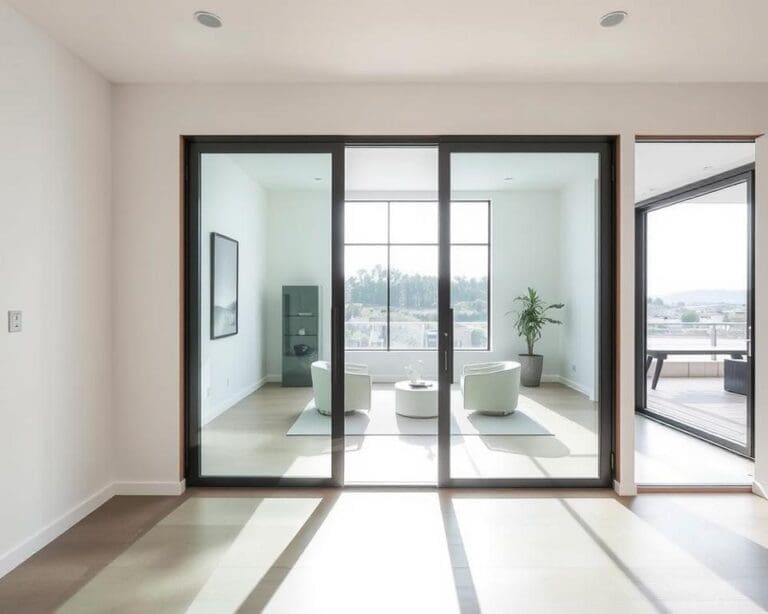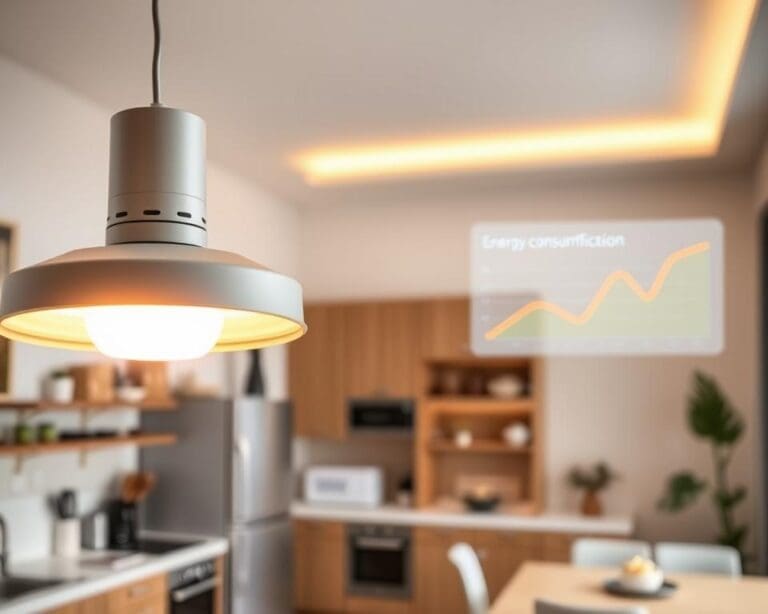As businesses increasingly recognise the profound impact of environment on performance, the need for effective office design ideas to maximise productivity has never been clearer. Thoughtfully crafted employee productivity boosting interiors can lead to significant enhancements in job satisfaction and efficiency. Studies demonstrate that a well-designed office has the potential to boost productivity by up to 20%, making it a worthwhile investment for any organisation.
Modern office decor, which reflects a company’s brand and ethos, plays a vital role in motivating employees. By harnessing the principles of colour psychology, companies can inspire creativity and foster a vibrant workplace. Furthermore, integrating adaptable layouts caters to a diverse range of work styles, creating an inclusive atmosphere.
Incorporating workspace organisation tips is essential for maintaining efficiency. Noteworthy examples can be found in industry leaders like Google and Microsoft, whose engaging environments promote innovation. As we delve deeper into specific office design ideas to maximise productivity, we will explore strategies that can transform any workspace into a hub of creativity and collaboration.
Creating an Inspiring Office Layout Design
The design of an office layout plays a crucial role in fostering a productive and inspiring work environment. Striking the right balance between open plan spaces and private areas can significantly impact employee collaboration and focus. Understanding the nuances of flexible workstations adds another layer of adaptability, empowering individuals to choose their ideal work settings. A well-thought-out office layout design can turn a workplace into a hub of innovation and creativity.
Open Plan vs. Private Spaces
Open plan offices often promote interaction and communication among team members. Such environments foster a culture of collaboration, which can accelerate innovation. On the other hand, private spaces are invaluable for tasks requiring deep concentration and minimal distractions. Many companies utilise a blend of both approaches, optimising employee experience while catering to diverse work styles.
Flexible Workstations
Flexible workstations have emerged as a transformative trend, allowing employees to customise their environments according to their preferences. For instance, a hot-desking policy gives staff the flexibility to choose between various collaborative office spaces or individual working areas each day. This adaptability nurtures improved wellbeing and enhances productivity, especially when incorporating adjustable desks and comfortable breakout areas. Leading organisations like Citigroup and IBM have embraced these concepts, creating workplaces that inspire creativity and teamwork.
Designing Spaces for Collaboration
Creating spaces specifically designed for collaboration is essential for driving innovation. Incorporating lounges, meeting pods, and creative corners encourages informal interactions, paving the way for spontaneous brainstorming sessions. Acoustic panels can minimise distractions, ensuring a conducive environment for collective ideation. By prioritising collaborative office spaces, companies can significantly boost employee morale and job satisfaction.

Office Design Ideas to Maximize Productivity
Creating environments that enhance employee performance is essential in modern office design. By thoughtfully incorporating factors like natural lighting in offices, firms can significantly boost employee morale and efficiency. Elements such as biophilic design in the workplace also play a pivotal role in fostering a productive atmosphere.
Incorporating Natural Lighting in Offices
Utilising natural lighting in offices transforms spaces into invigorating areas that inspire creativity and focus. Research indicates that environments filled with natural light can reduce fatigue, thereby increasing productivity. To achieve this, consider installing large windows and skylights. Open layouts can further ensure that light penetrates every corner of the office. Companies such as Apple exemplify how an emphasis on light can alter workplace dynamics dramatically.
Utilising Biophilic Design in Workplace
Implementing biophilic design in the workplace incorporates natural elements into office interiors, cultivating a calming and uplifting atmosphere. This method can involve integrating indoor plants, water features, and natural materials to create employee productivity boosting interiors. Research published by the International Journal of Environmental Research and Public Health shows that biophilic design can enhance workplace performance by as much as 15%. Notable firms like Amazon have successfully embraced these principles, leading to healthier work environments and a better work-life balance for employees.
Implementing Ergonomic Office Furniture
The role of ergonomic office furniture in enhancing productivity cannot be underestimated. Solutions such as adjustable chairs, desks that transition from seated to standing, and supportive accessories like footrests significantly contribute to employee comfort. Proper ergonomics not only prevent strain and musculoskeletal issues but also elevate overall productivity. A report from the Occupational Safety and Health Administration (OSHA) confirms that investing in ergonomic furniture yields benefits like decreased absenteeism. Renowned brands, like Herman Miller, offer innovative solutions that prioritise comfort while maximising workplace efficiency.
Implementing Sustainable Office Design Concepts
In an era where environmental consciousness is paramount, adopting sustainable office design concepts is vital for organisations. Integrating eco-friendly materials such as recycled and sustainably sourced timber not only enhances the aesthetic appeal but also aligns with modern office decor principles. By ensuring that the workplace embodies these green values, companies can significantly contribute to sustainability while creating a comfortable and stylish environment for their employees.
Energy-efficient lighting plays a crucial role in sustainable design, cutting down on electricity usage and fostering a vibrant work atmosphere. Choosing LED fixtures not only decreases energy consumption but also provides lighting that can improve mood and productivity. As these practices become increasingly relevant, it is evident that workplaces implementing such strategies achieve lower operational costs alongside higher employee productivity boosting interiors.
Moreover, establishing effective recycling programmes within the office encourages a culture of sustainability among employees. Notable examples, like the Bullitt Centre in Seattle, illustrate how integrating these sustainable office design concepts has set a benchmark for businesses in the UK. By embracing these practices, companies are now paving the way for progressive office environments that prioritise both ecological responsibility and employee well-being.









